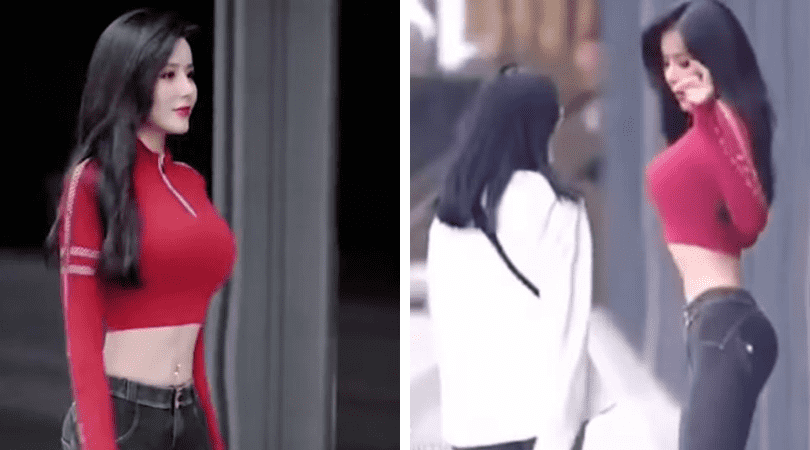What is 'body checking'? Viral trend worries experts who say it can spark mental health issues and encourage anorexia

A new TikTok trend called 'Body Check' has been going viral for weeks on the internet. a lot of users also reported that this was all they could see on their 'For You' page. The sinister trend has left experts worried. They said that the trend was dangerous and would trigger severe mental health issues. The trend focuses on the body scales of young women as they attempt to showcase their hourglass figure.
Body checking is the act of taking notes of one's body shape or weight. It can manifest in the form of constantly looking at yourself in the mirror, frequently checking your weight and a constantly negative approach and comparison of body shapes. Many videos have been circulating on the internet where girls with slim waists walk through narrow lanes in an attempt to show off their thin figures. Experts say the platform was encouraging pro-anorexia content.
READ MORE

Certain trends actively encourage TikTok users to disclose their weight and focus on their body shape. People often see users wearing baggy clothes while trying to shrink the outfit onto their body to show off their skinny body types. Many triggering videos also include parts where users often hold an object such as a scale, or their elbow to show off their small waist size. Despite attracting millions of views, they are often followed with comments such as “I’m not hungry anymore” or “skipping dinner” raising a red flag in perpetuating and spreading eating disorders.
Melissa Wilton, head of communications and engagement at The Butterfly Foundation, an australian non-profit that provides help with eating disorders and body-image issues, said, "While it’s natural to be aware of our bodies, body checking can be concerning behavior if it becomes obsessive or compulsive. This could be frequent weighing, checking one’s appearance in a mirror or reflective surfaces like windows, pinching skin folds, feeling for bones, or checking the circumference of body parts like wrists, waists or thighs."
Experts claim even watching of such videos can trigger behavioral and mood swings. Most social media users, who fall for such bizarre trends, are misled by the practice to look like others. A majority of these videos were fake and promoted by using photoshop and filters to match the unrealistic beauty and body standards focusing on a specific area of the body. The exact number of body check videos floating around TikTok was impossible to calculate.










